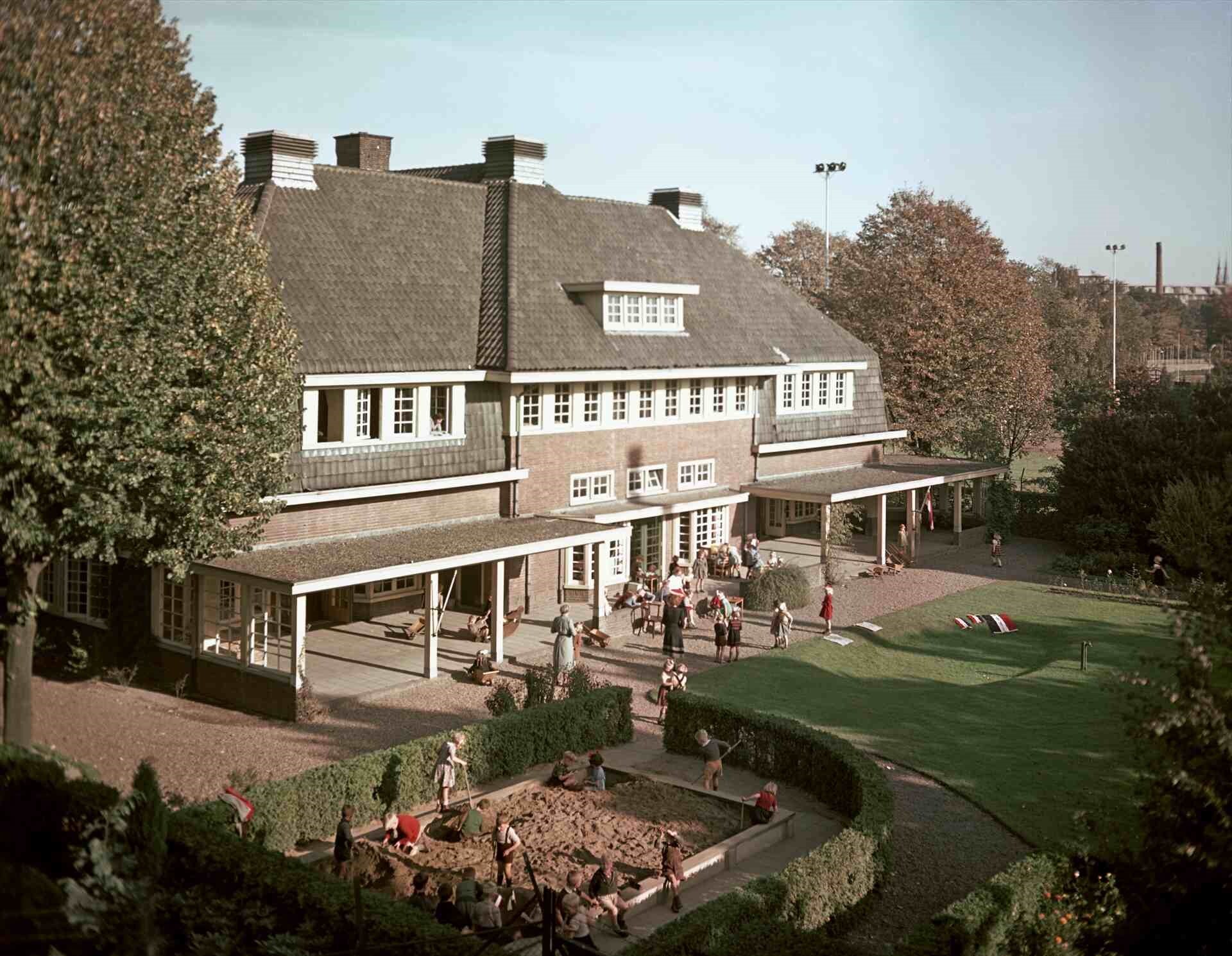Philips: a socially minded company
December 5, 2025, marks the 20th anniversary of Frits Philips' death. When he passed away in 2005, the residents of Eindhoven expressed their appreciation for ‘Mister Frits’ in great numbers. In a special edition, the Eindhovens Dagblad newspaper wrote that ‘without his influence, Eindhoven would not have become the city it is today’. According to the newspaper, Frits Philips cherished his employees and provided affordable housing, scholarships, and sports and cultural facilities. In this way, he became a figurehead for the social character of the company, which has been an important pillar of its corporate culture since it was founded in 1891.
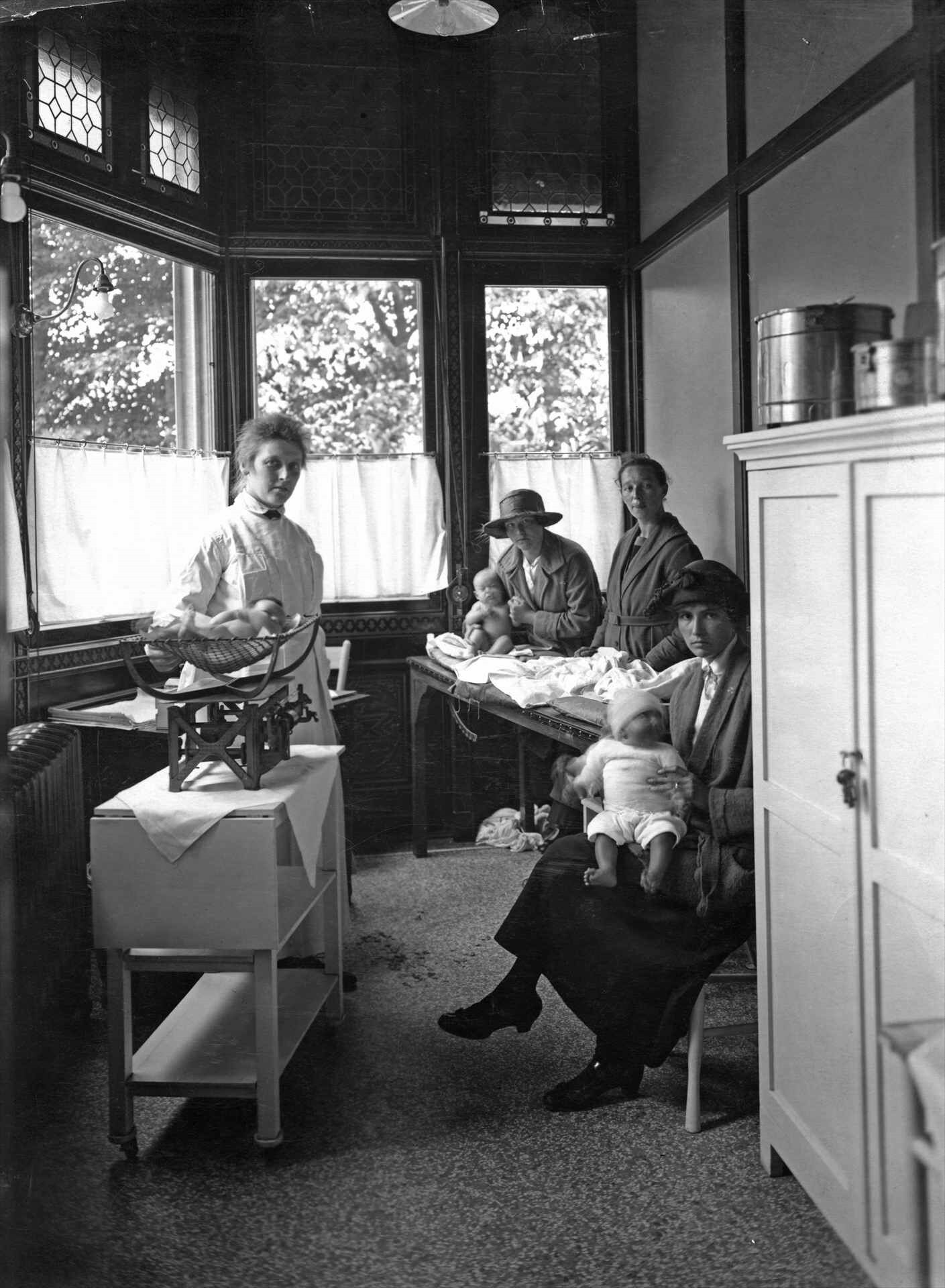
The Philips Pension Fund was set up in 1913. This fund provided retirement pensions, disability benefit and also a widow’s and orphan’s pension. In addition to the pension fund, there was also the Philips Support Fund (Philips’ Ondersteuningsfonds) for employees who, through no fault of their own, had ended up in financial difficulty. Employees with more than three children could expect to receive support from the Philips Child Support Fund (Philips’ Kindertoeslagfonds), decades before Child Benefit became generally available in the Netherlands.
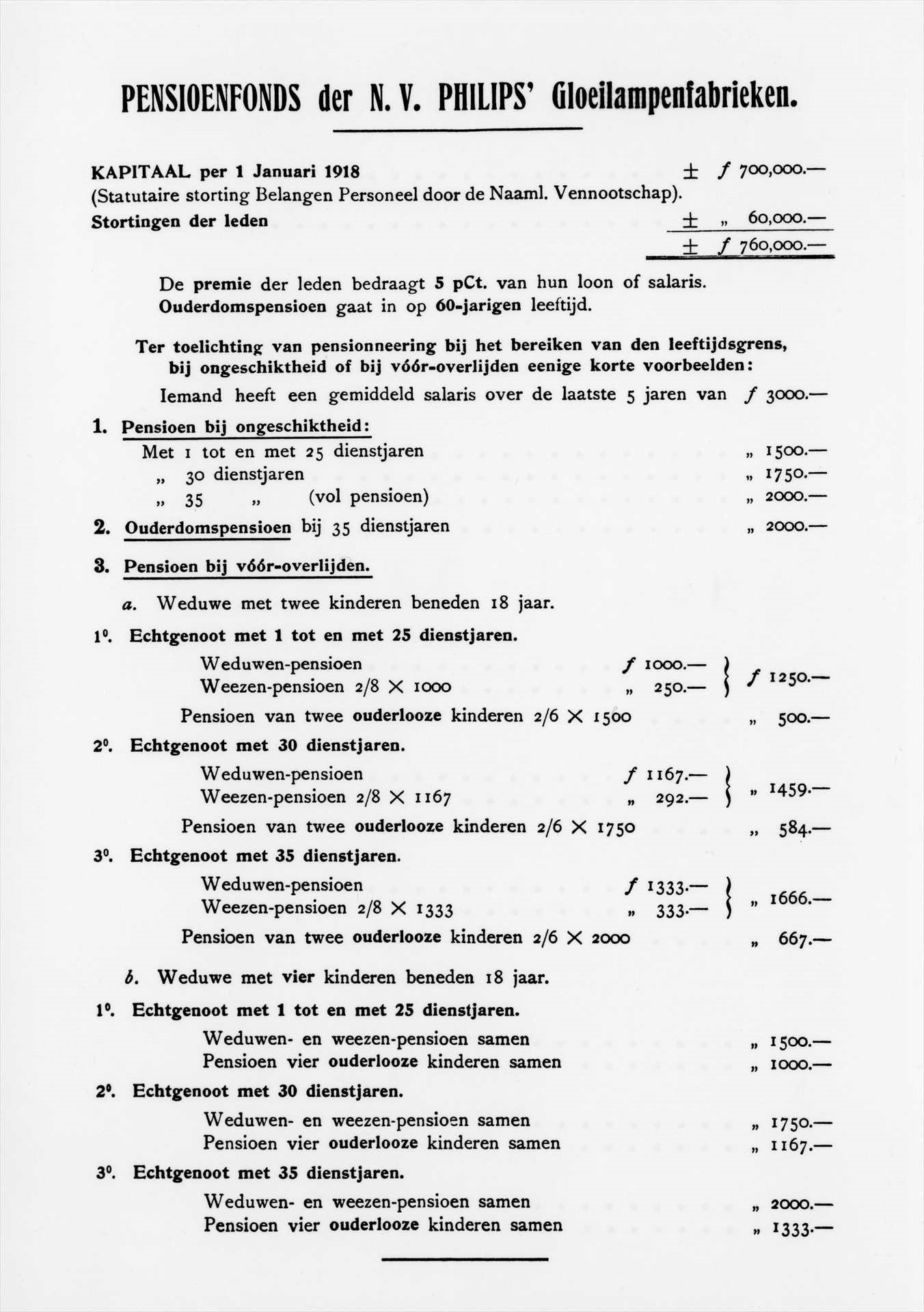
As the company expanded, so it became increasingly difficult for employees to find suitable accommodation. Philips therefore decided
to build its own housing. The area of the city now known as ‘Philipsdorp’ was built between 1910 and 1923. This area was designed as a small village. The 800 or more houses were surrounded by extensive green spaces and the area had its own shops as well as sports and leisure facilities. The spacious houses were connected to the gas mains and water supply and they were also connected to the sewer system, which was not commonplace at that time. After Philipsdorp there followed another residential area called Drents Dorp and dozens of other projects too. By 1929 Philips had built nearly 4000 houses in Eindhoven. There were also branches of the ‘Philips Consumers’ Cooperative Society’ (Philips’ Verbruikerscoöperatie) – which later became ETOS – in these new residential areas so that employees were able to purchase groceries and household products at an affordable price.
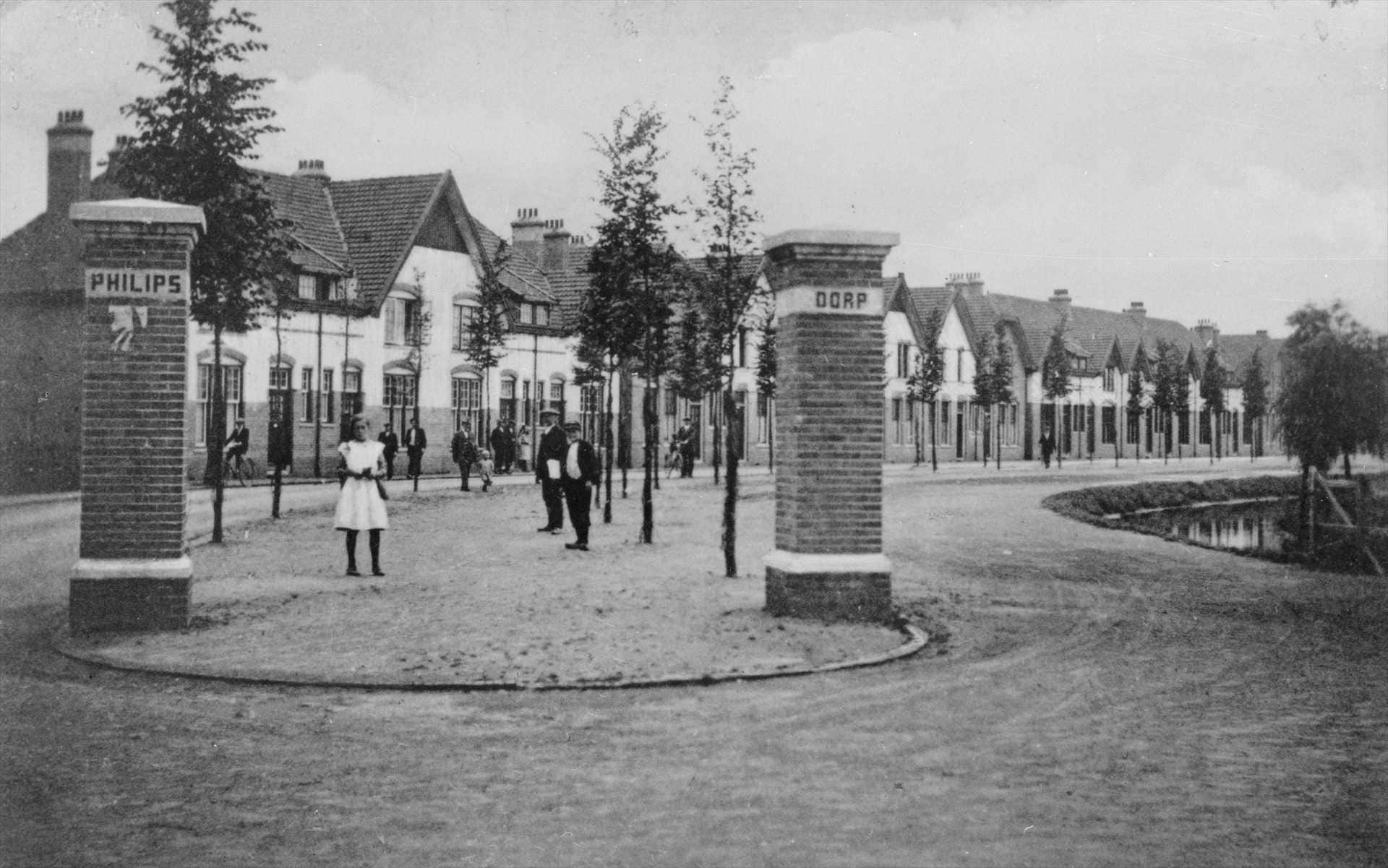
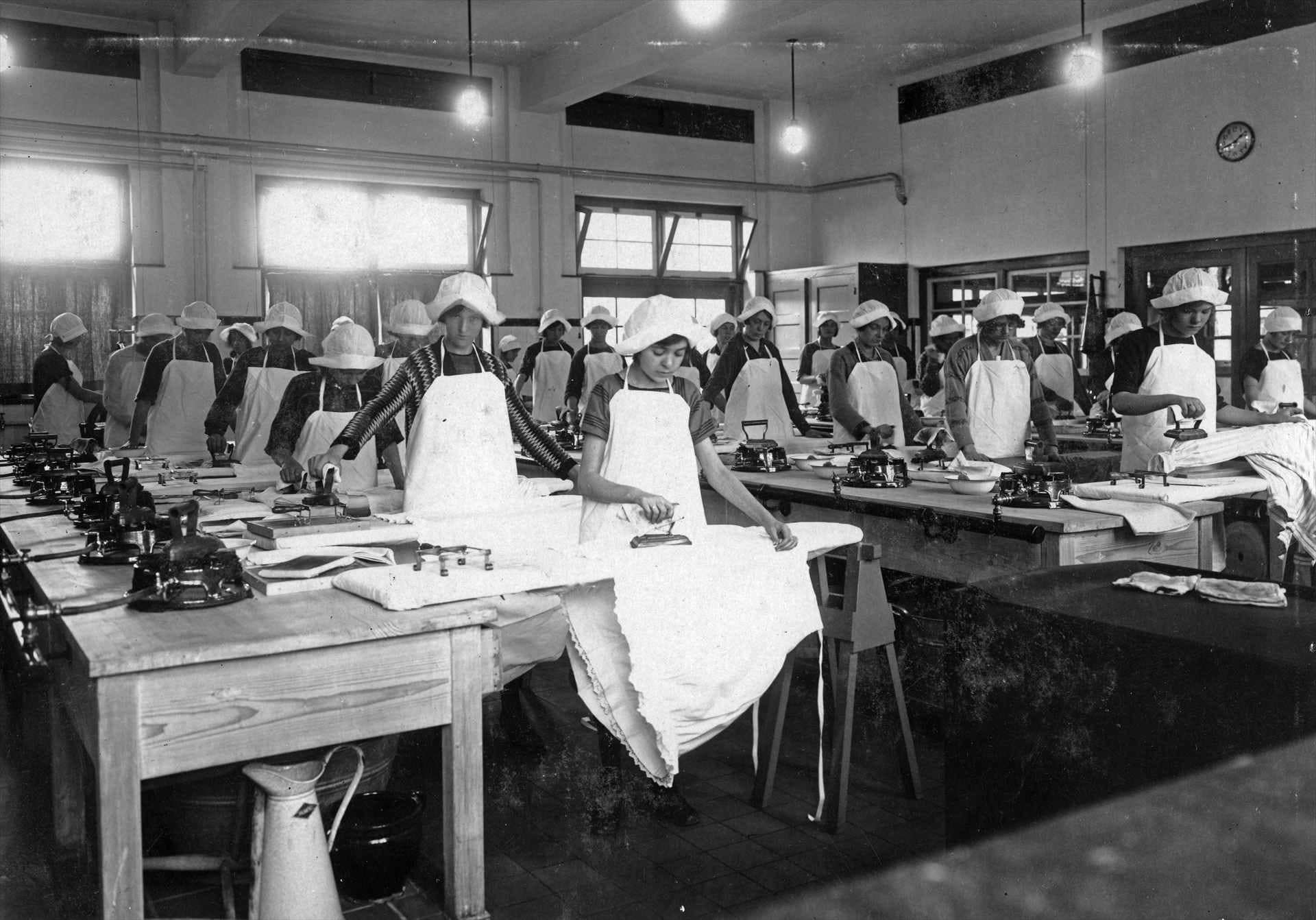
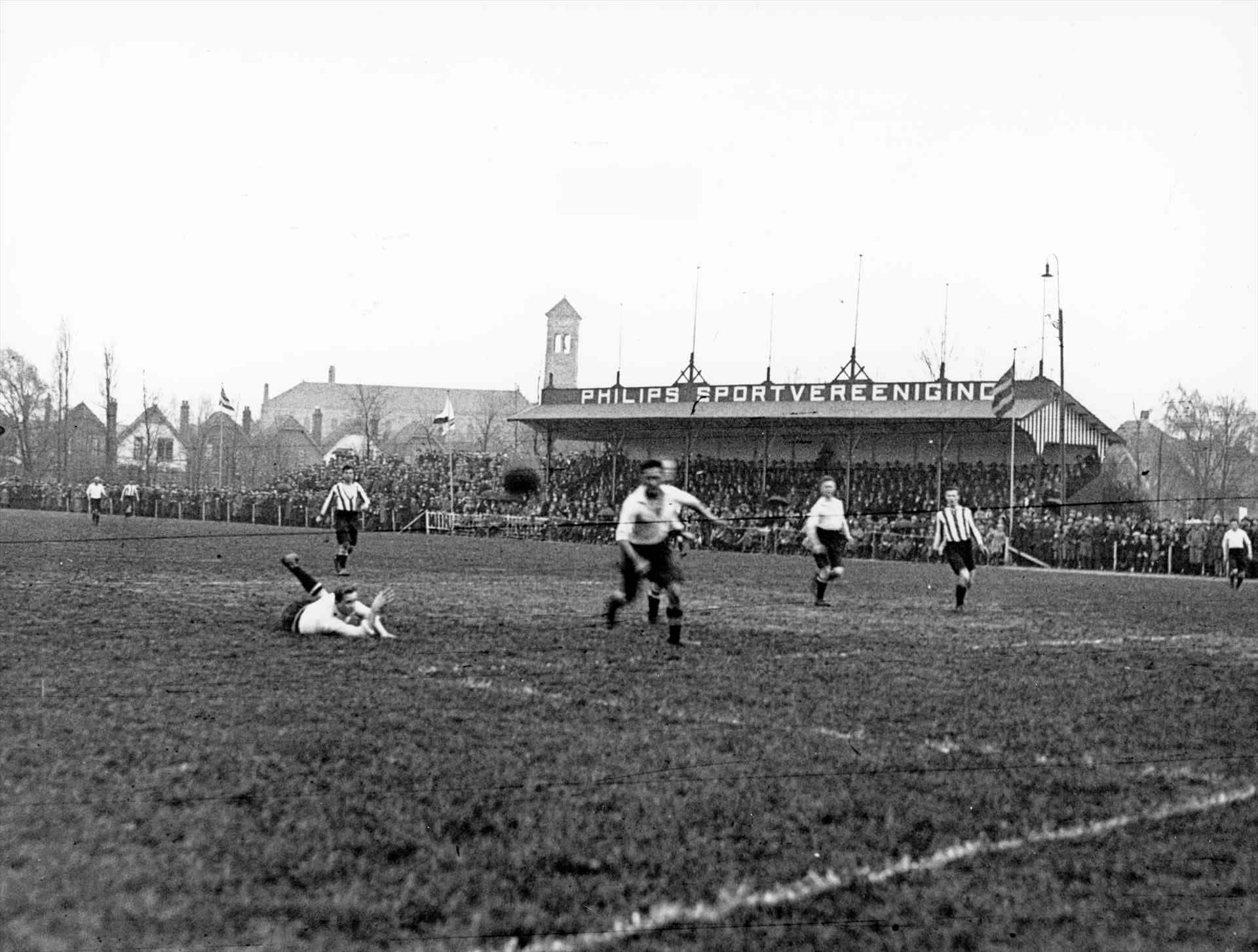
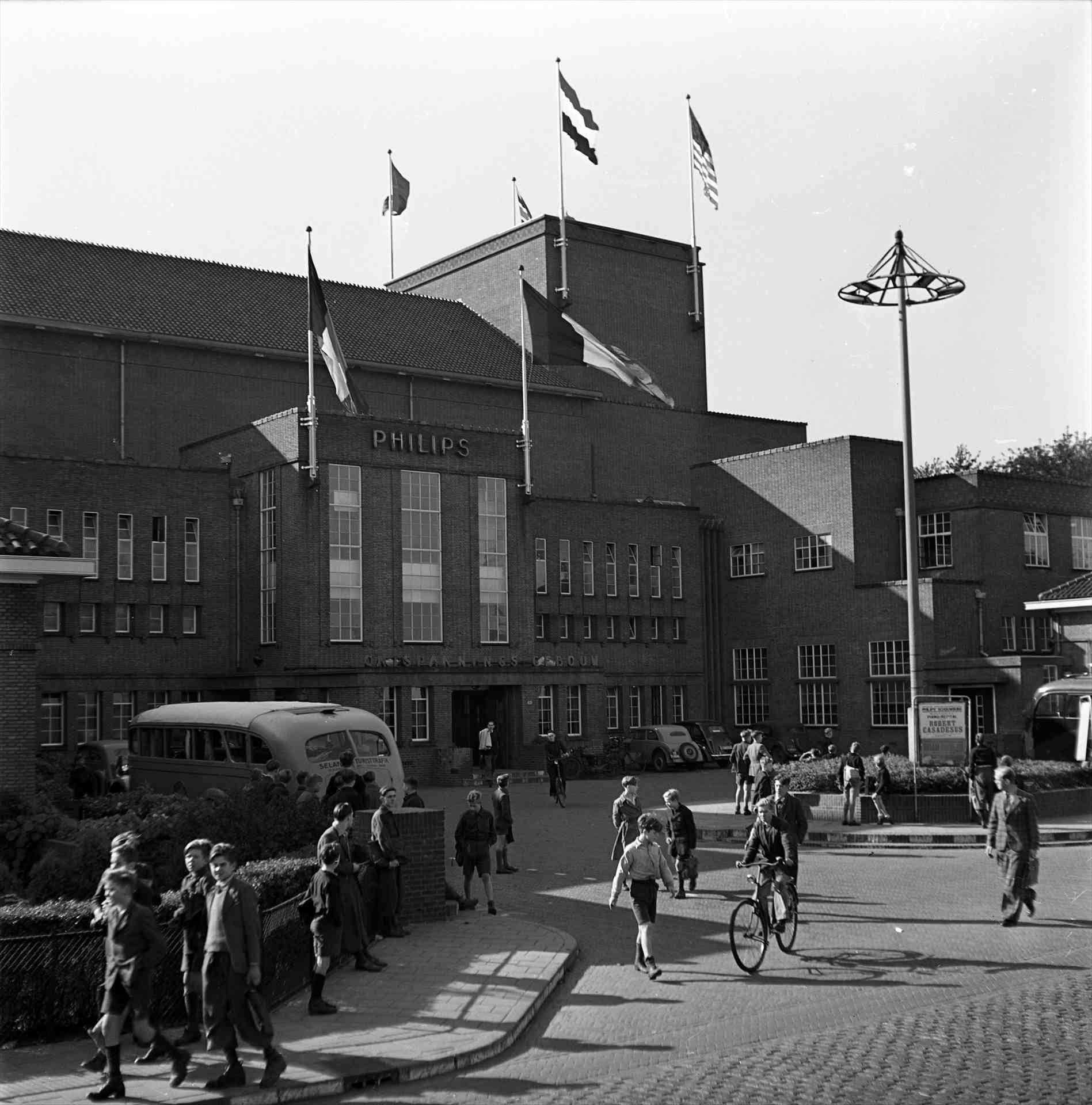
individual attention for employees: ‘Every employee must receive attention – in the broadest sense of the word – and not primarily as a production factor but above all as a human being. The human factor must be a top priority in our personnel management’.
